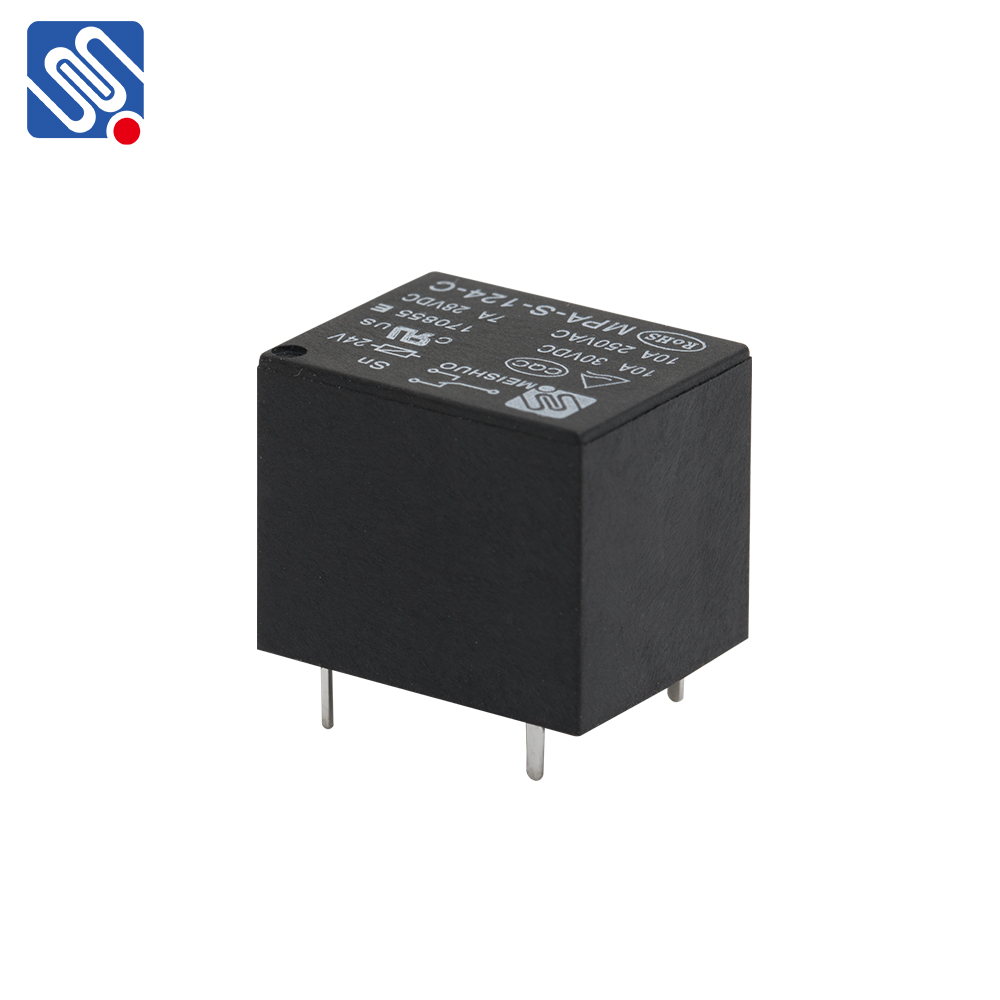Relay drive is an essential concept in the field of electrical and electronic control systems. It is a method used to control high-power devices through low-power control signals. This is achieved using a relay, an electromechanical device that acts as a switch to control the flow of electrical current in a circuit. In this article, we will explore the working principle of relay drives, their applications, and the components involved in their operation.

What is Relay Drive? A relay drive is essentially a control circuit that activates a relay. A relay consists of an electromagnet (the coil) and a set of mechanical contacts. When an electric current passes through the coil, it creates a magnetic field, which in turn moves the mechanical contacts to either open or close, depending on the design of the relay. The contacts control the flow of electricity to a load, such as a motor, light, or other electrical device. Relay drives serve as an interface between low-power circuits (such as a microcontroller or logic circuit) and high-power devices. For example, a microcontroller might send a small voltage to a relay drive circuit, which then energizes the relay and switches on a high-power load like a motor.